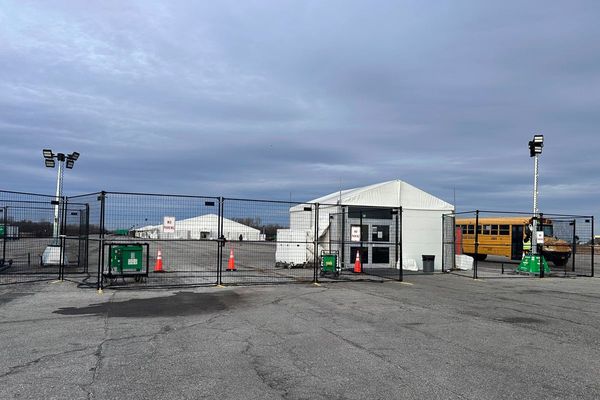
The choice of laptop vs tablet might, at first glance, seem like an odd one. Surely they're very different things? Well, actually, some of the latest laptops and tablets are starting to look at lot like one another.
For instance, on some touchscreen laptops such as the HP Spectre x360 14 (2024), you can fold the keyboard back on itself, turning it into a device that's very much like a tablet. Conversely, many tablets such as the iPad Pro (M4, 2024) can be teamed with a keyboard to create a laptop-like experience.
So which should you be looking at: the best laptops for graphic design, the best tablets with a stylus, or both? Our guide answers that question, by looking at the pros and cons of both tablets and laptops respectively.
Tablet advantages
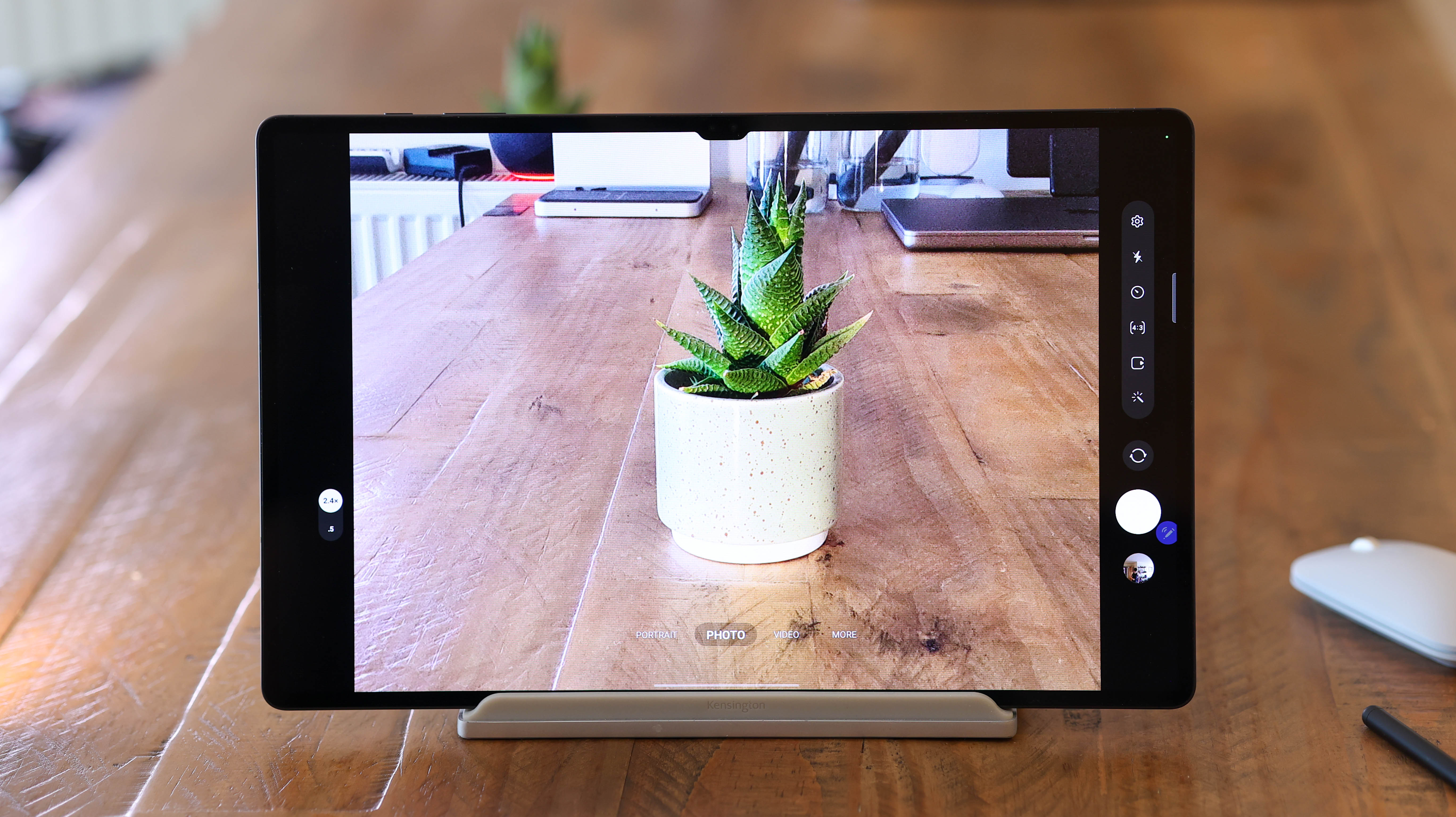
These days, premium tablets are surprisingly capable, featuring faster processors, premium displays, and the ability to run creative software such as Photoshop and Lightroom for photo editing, and Affinity Designer for iPad devices, with or without a connected keyboard.
Why would you want to? In a word, portabilty. Tablets are generally lighter, less obtrusive, easier to hold, and much more convenient to work on than a laptop when you're on the move.
The touchscreens on tablets also make them the obvious choice for creating digital art. With the right stylus, this can feel close to the experience of using a pen on paper. And while it's possible to do the same on a touchscreen laptop, it would still feel a bit weird. A tablet looks and feels more like a traditional canvas or easel than a laptop, and these things matter.
Tablets are also nicer to hold when you're reading or watching movies whilst lying in bed, or lounging on the sofa. Plus they generally come with rear cameras, like on smartphones. Laptops, in contrast, usually just have a front-facing webcam. That's not going to be a deal-breaker for most people, but ultimately tablets are better at capturing photos or video than laptops (although neither feels particularly natural compared with a phone).
Finally, tablets are usually cheaper than laptops, although that's by no means always the case. A premium tablet like an iPad Pro, for instance, will cost you a lot more than one of the best budget laptops. But comparing similar specs, you'll probably save money buying a tablet over a laptop.
Laptop advantages
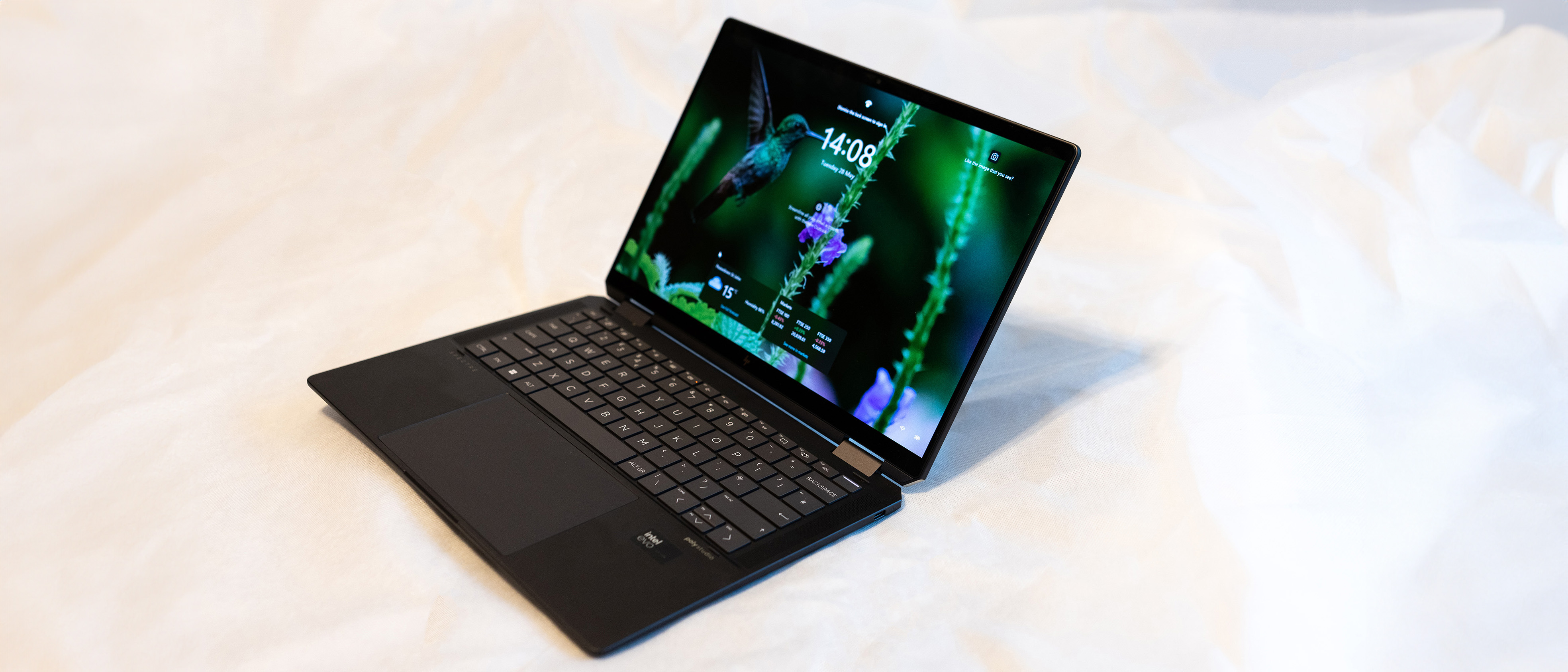
If you need to do a lot of work-related tasks, especially creative work such as design, photo editing or video editing, then a laptop will usually be a better bet than a tablet.
Yes, a tablet teamed with a keyboard often adds up to the same thing. But depending on the model, there'll usually be a few compromises still. For example, unless it's a Windows tablet like the Surface Pro 8, you'll be limited to software that can run on iOS or Android.
So, for example, some of Adobe's Creative Cloud software won't be able to run on tablets. And the few apps that do, such as Photoshop for iPad or Lightroom for iPad, probably won't be equipped with the full features of the Windows or Mac versions.
Although tablets are generally more portable, laptops are becoming increasingly thin and lightweight, making them easy to carry from place to place
Also note that tablet screens tend to be smaller than laptops. The former range from 13-17 inches, while tablets tend to have screens around 8-10 inches. That said, there is some crossover, with Samsung Galaxy Tab S9 Ultra, boasting a massive (for a tablet) 14.6-inch AMOLED display.
Finally, in broad terms, laptops are a much more robust option for regular work, given that they have an integrated keyboard and trackpad for enhanced productivity, and comfortable use. So for instance, if you spent a full day writing reports or essays, creating spreadsheets, filling in forms or using creative software, you'd likely find using a tablet's digital keyboard (or keyboard case) very slow and tiresome by comparison with a laptop. Especially a laptop such as the ASUS ProArt 16, which boasts a special dial that makes using creative software quicker and easier.
The same applies to hardcore gaming: while you might be able to run World of Warcraft on an iPad, it's a much more enjoyable experience when you're using a proper gaming laptop with optimal hardware.
With that said, the lines are beginning to blur a little here too. Some tablets are becoming quite powerful in terms of their hardware, meaning they can match the processing power of equivalently priced laptops. And you might not always want to run desktop software on a tablet. Procreate, for example, is high up in our best software for digital artists, and is designed primarily for iPad.
Design and portability
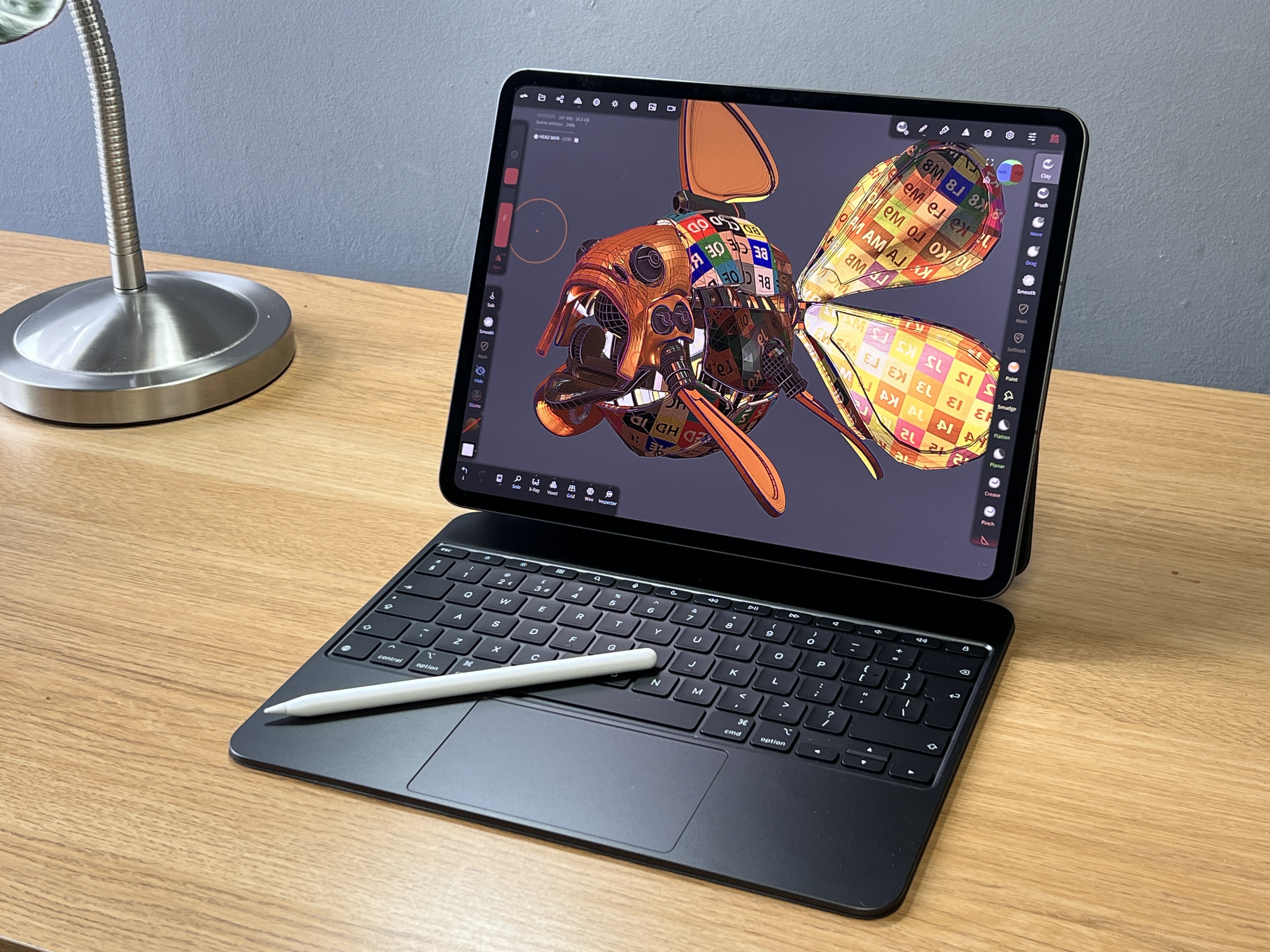
When it comes to design, laptops are generally less portable than tablets. That said, this does depend on the model. Some laptops nowadays are increasingly thin and lightweight, making them easy to carry from place to place.
Even if that's the case, though, it's undeniable that tablets are nicer in the hand, making them a good choice if you work on the go a lot. It also makes them better for passing around and sharing in workplace environments, should you need to show something to a colleague, for instance.
Some people prefer iPads over laptops because of their flexibility, yet still choose to use an external mouse and keyboard with them for the full desktop experience. For instance, if you typically spend half your time creating digital art, and the other half typing, this might be a good halfway house.
When it comes to design, also think about connectivity. Laptops typically have more ports and connectivity options than tablets, but this will of course depend on the model. Some laptops are quite limited in this regard, esepcially the ultrathin ones.
Screen
The big selling point of tablets is that they're "all-screen". So it's important if you opt for a tablet that the screen is high-res enough to meet the requirements of your creative project, or even just for streaming movies and TV. What's the point in buying a tablet if it doesn't have a gorgeous screen?
Some of the newer laptops, though, can offer something here that tablets can't. For example, the ASUS Zenbook Pro 14 Duo model is an excellent choice for creatives, because not only does it boast a beautiful OLED main display with Pantone-validated colour accuracy, but it comes with a second, tilting screen too.
With that said, if multiple screens is a must for you, then there are ways of connecting tablets to external monitors; either by using screencast to mirror the display, or by connecting HDMI cables if such a port is included.
Price

The price differences between tablets and laptops used to be clear-cut, but now the lines are beginning to blur a little. Tablets have become more expensive, at the same time as getting more feature-rich, while laptops keep advancing at the usual rate but with mostly steady prices around the $1,000 / £1,000 range for new mid-range releases. This makes it harder than ever to decide between a laptop or tablet solely on budget.
When you're comparing and contrasting prices, don't forget to consider the best Chromebooks, since some of these laptops are excellent tools for creatives and can give a decent Windows laptop or budget Mac a run for its money. The payoff there is that you won't be able to run a lot of software, limiting you to browser-based tools and Google Play apps.
Cheaper tablets, meanwhile, usually take the form of Amazon Fire devices. Bear in mind, though, that these are only suitable for light tasks such as surfing the web, reading books and streaming TV and movies; not productive or creative work. And be aware you can only use Amazon apps, not iOS, Windows or even Google Play apps, on an Amazon tablet.
Verdict
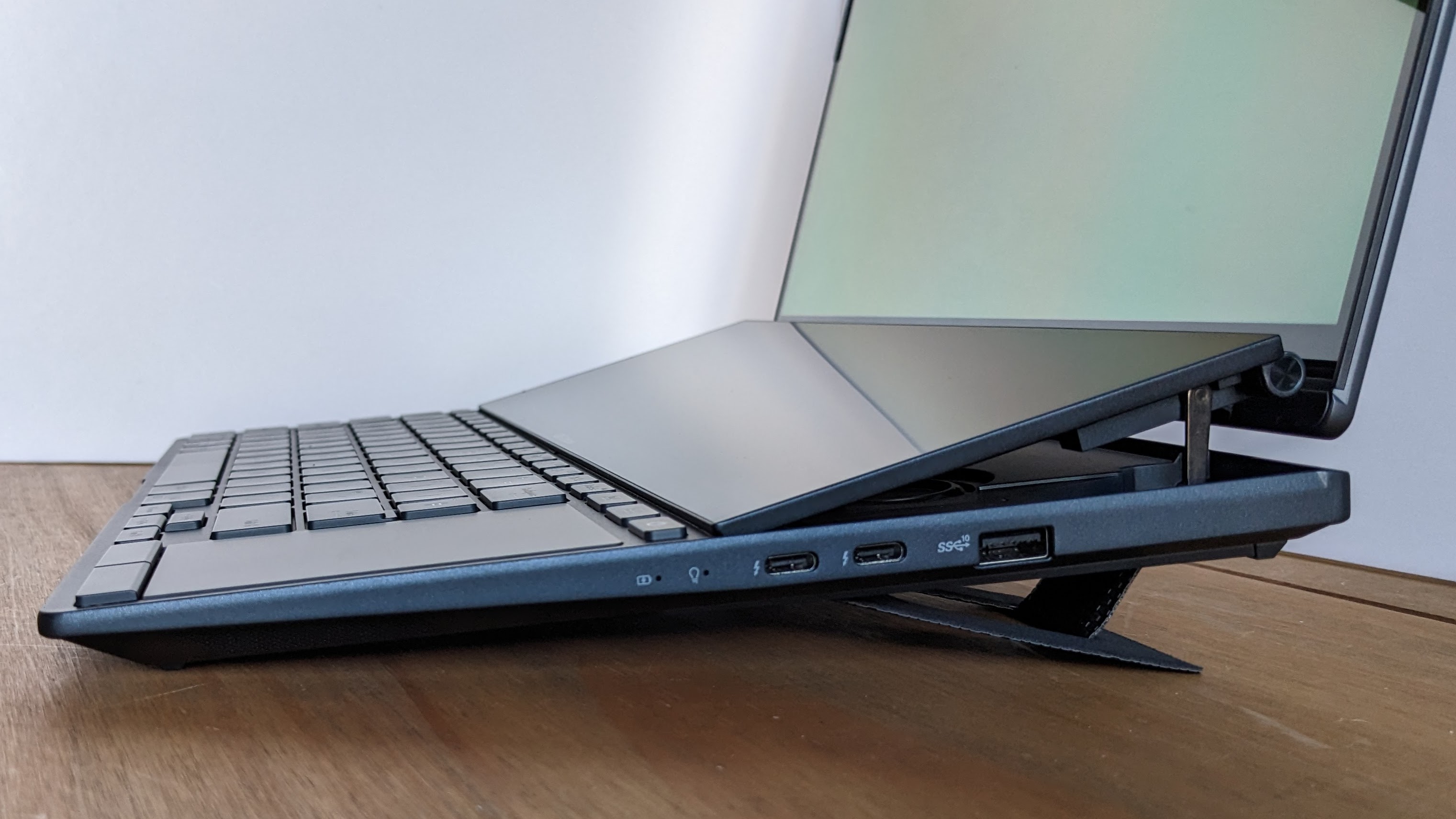
Ultimately, if you want to do a lot of work, especially creative work, then a laptop is your best bet. It's going to provide a more comfortable and functional typing experience overall, compared with a tablet.
Depending on the software that your laptop can run, chances are that it's going to support a far larger range of software than a typical tablet, and run it much faster. It'll probably have a bigger screen than a tablet, and you'll probably be able to connect more devices, without the need for adapters.
However, you're mainly interested in either drawing directly on the screen or quite basic computing tasks, such as checking your emails and browsing the web, then a tablet might be a better bet. It'll certainly be easier to cart around, and will probably be cheaper. Plus you can always team it with a keyboard, for when you want a laptop-like experience.
For more buying advice, see our guide to laptops vs desktops.
FAQs
What are the main differences between tablets and laptops?
Tablets and laptops are both portable computing devices, but are separated by a number of distinct characteristics. Because they're "all touchscreen" and don't come with a keyboard attached, tablets are highly portable, lightweight and compact. They are generally less powerful than laptops, making them ideal for casual use, entertainment, and content consumption. Tablets usually run mobile-based operating systems like Android or iOS, although some Windows tablets such as the Surface Pro 8 can run desktop software.
Laptops, on the other hand, are less portable, typically heavier and bulkier than tablets. They primarily use keyboards and touchpads for input, though some models offer touchscreens. The main benefit over tablets is that laptops are generally more powerful than tablets, making them capable of running complex software and handling demanding tasks. They typically use fully-fledged operating systems like Windows or macOS. This means laptops are better suited for productivity tasks, creative work, gaming, and professional use.
What is a hybrid laptop?
A hybrid laptop, aka 2-in-1 laptop, is a tablet that combines with a detachable keyboard to create a laptop-like experience.
Because you can attach and detach the keyboard at will, these devices offer the best of both worlds. You can use your tablet as a tablet when that's more convenient (for example, when you want to draw on it), or as a laptop when that's preferable (such as typing up a report).
On the downside, though, hybrid laptops are generally quite expensive, and in use they can be a little wobbly. To learn more, read our buying guide to the best 2-in-1 laptops.
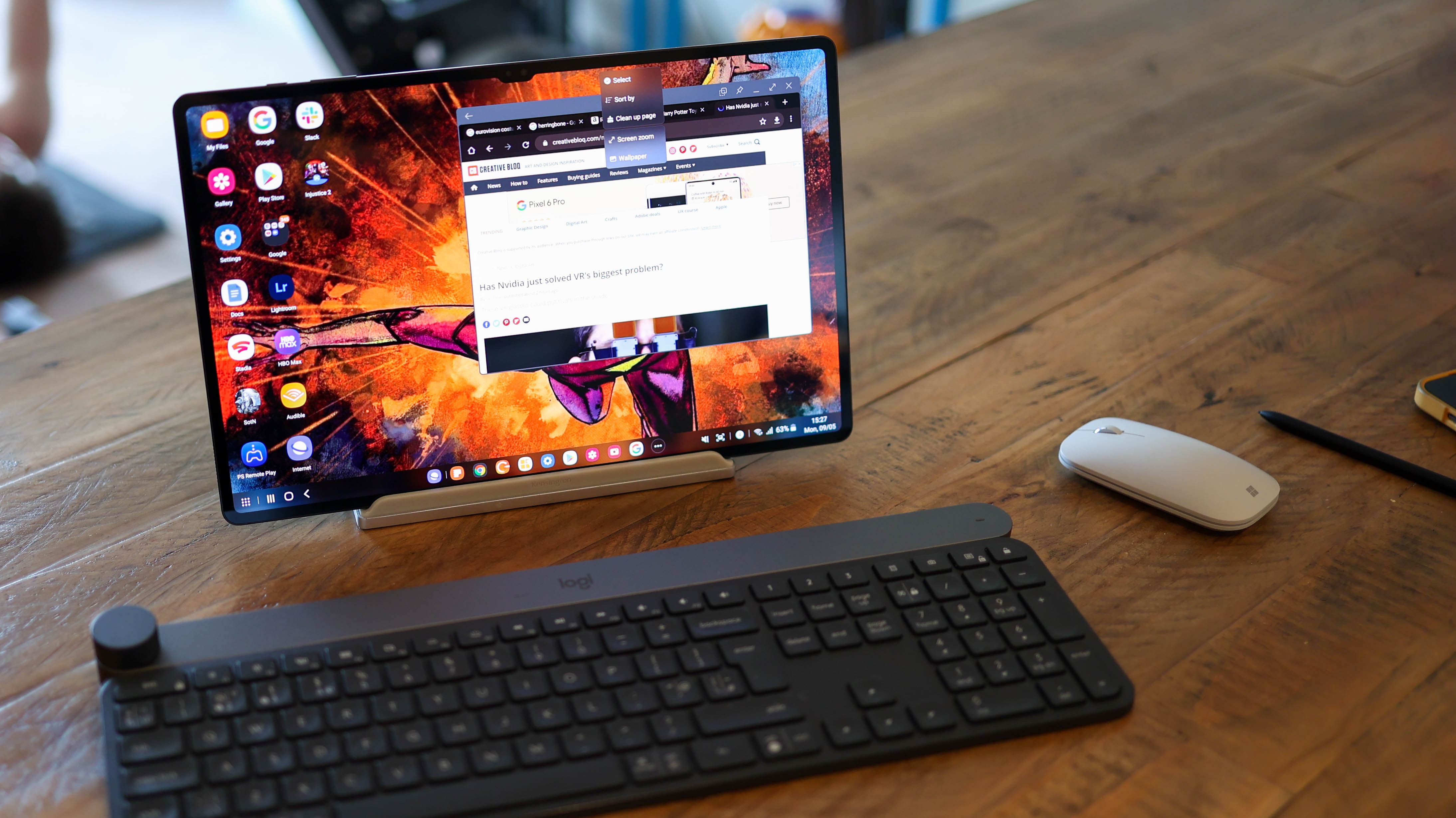
How do I choose a tablet keyboard?
Choosing the right tablet keyboard is a decision that hinges on your specific needs and preferences. Compatibility is of course the first thing to check; make sure the keyboard aligns with your tablet's operating system, whether it's iOS, Android or Windows.
Also consider how it connects to your tablet. Connectivity options vary, ranging from Bluetooth to USB-C, while some keyboard cases directly connect to your tablet's charging port.
Think about the keyboard layout; some offer full-sized keys, while others opt for smaller, more compact keys. Portability is another crucial factor. If this is a priority, a slim and lightweight keyboard is ideal for easy carrying. And you may wish to look for extra features such as backlit keys, a built-in trackpad, or a protective case.
Should I buy a Chromebook or a traditional laptop?
Chromebooks are lightweight, affordable laptops that rely on cloud-based services. They are ideal for basic tasks like browsing the web, email and light productivity. However, they're not suitable for demanding tasks or software that requires high performance, and their use is limited if you're away from an internet connection.
Traditional laptops, on the other hand, offer more power, storage and flexibility than Chromebooks. This makes them better suited for resource-intensive tasks, gaming and professional use, although it also makes them more expensive.
Overall, if you prioritise portability and price, and only want to do basic computing, a Chromebook may be a good choice. If you need a more powerful device for demanding tasks, though, a traditional laptop is the way to go.





